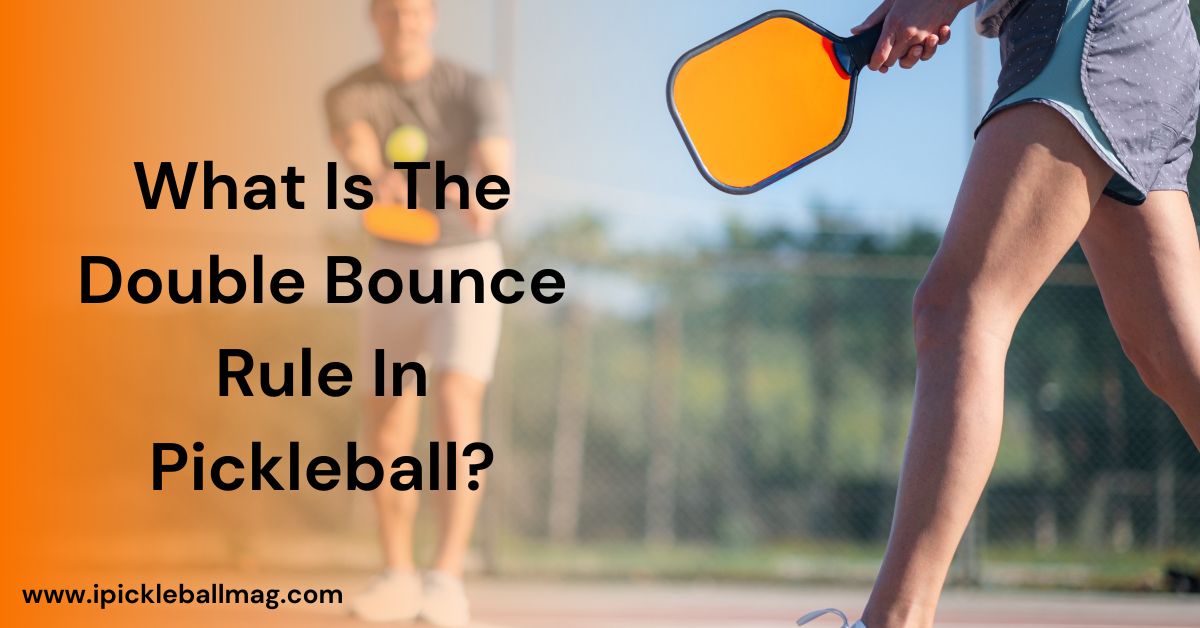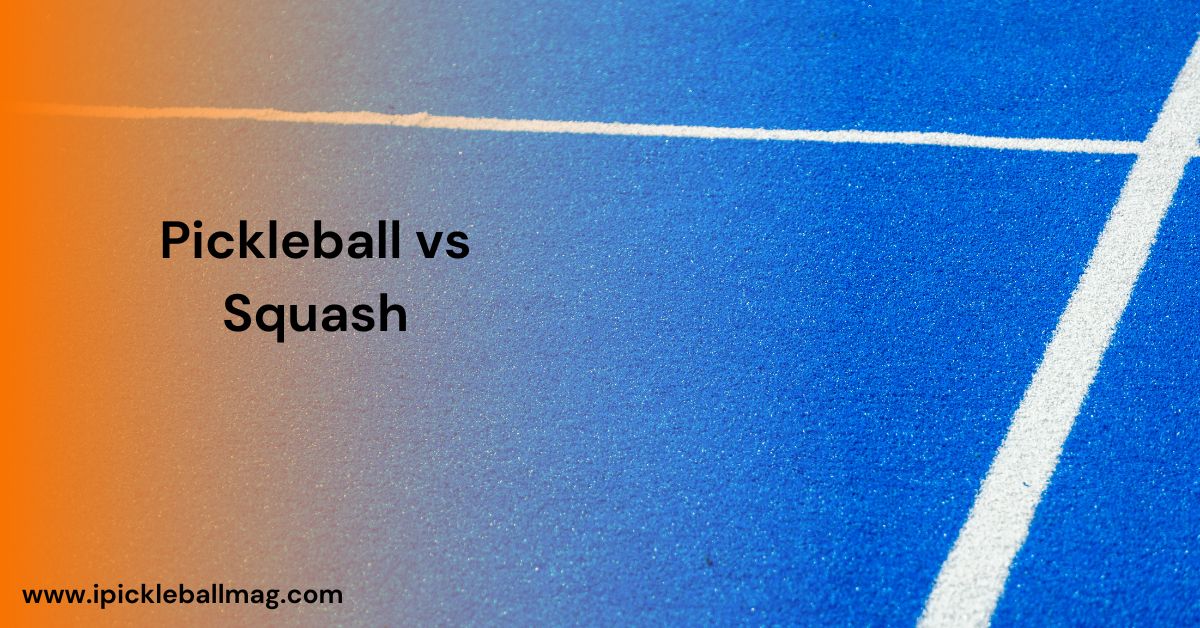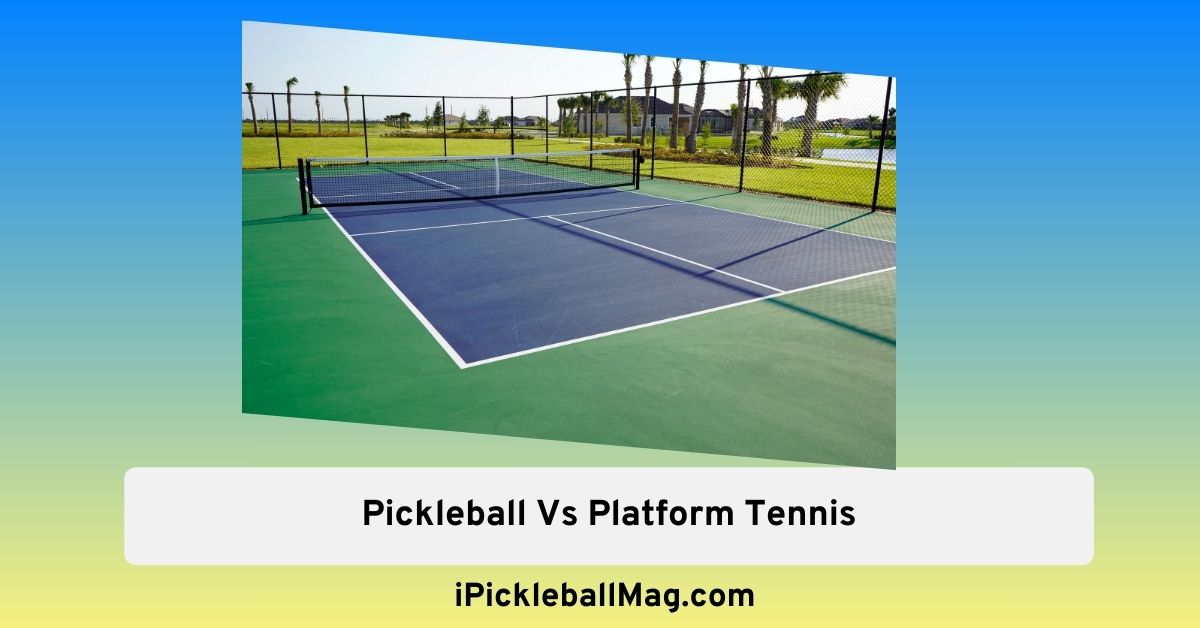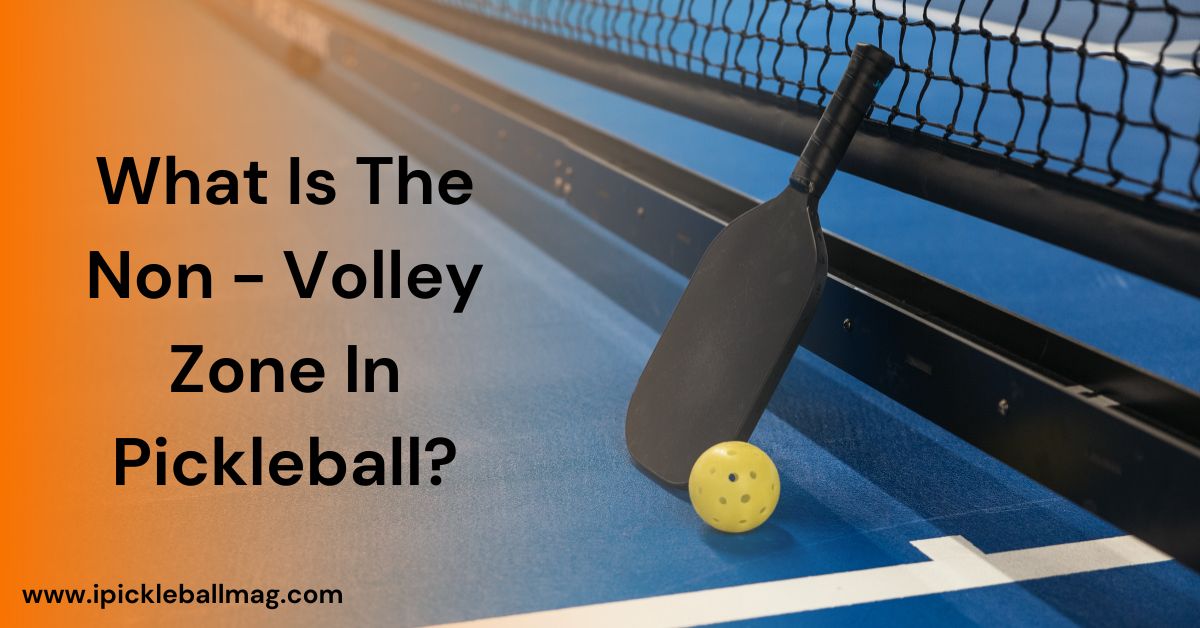Improve Your Paddle – Tips for Adding Texture to Pickleball Paddles
Pickleball is one of the fastest-growing sports in America. Due to its fun, social atmosphere, and ease of learning, the sport continues to gain popularity.
A key piece of pickleball equipment is the paddle. When selecting a paddle, one important factor is the texture and grip on the paddle face. A smooth paddle surface can cause the ball to slide unpredictably on impact.
Adding some texture to the paddle provides traction that grips the ball better. This gives players more control and consistency for both offensive and defensive shots.
Adding texture to a pickleball paddle can be done through several DIY methods to create a surface that provides the desired play characteristics. Some are mentioned Below
How To Add Texture To Pickleball Paddle?
You can add texture to pickleball paddles by following these methods.
Additionally, using carbon fiber can significantly enhance paddle texture and grip, providing durability and a rough surface that improves the coefficient of friction and the ability to spin the ball.
1. Sandpaper
Sanding is a common method for adding texture to a pickleball paddle.
Application Process
Gently rub fine-grained sandpaper on the surface of the paddle in a consistent manner to create different levels of texture. This process creates a textured feel by making the paddle surface slightly rough.
Be careful not to overdo it, as you want to maintain control over the texture.
After sanding, wipe off any leftovers. Your pickleball paddle should now have added texture for a better grip during play.
2. Spray Coating
Spray coating involves applying a specialized pickleball paddle spray to the surface. These sprays are designed to enhance grip and provide a tacky feel.
How To Apply
Find a well-ventilated area, preferably outdoors, where you can spray the coating without inhaling too much. If using a can of spray coating, shake it well before using. This ensures that the coating is mixed properly.
Hold the paddle in a comfortable position, ensuring that you can reach all parts easily.
Begin spraying the coating evenly across the surface of the paddle and keep it at a consistent distance from the paddle to ensure that it reaches all parts.
Once the coating is dry, check the texture by running your fingers over the surface. It should feel tacky or textured, providing an improved grip. Multiple layers of spray-on traction can create a rougher surface.
3. Grip Tape
Grip Tape is another effective way to add texture to your pickleball paddle. This can be applied directly to the paddle’s surface.
Additionally, grip tape can enhance the paddle’s ability to generate spin.
How To Add
Pickleball paddle handles should be clean and free of dust, dirt, and stains. A clean surface will help the grip tape to stick effectively.
Grip Tape is another effective way to add texture to your pickleball paddle’s surface. Make sure your paddle handle is clean. No dirt or stuff on it. Begin at the bottom of the handle. Peel a bit of the backing off the grip tape. Put the edge of the tape on the edge of the handle. Wrap it around the handle, going upwards.
Keep wrapping the tape around the handle. Make it tight, not too loose. The tape should overlap a bit with each turn.
Pull the tape gently as you wrap if it can stretch a bit. Smooth out any wrinkles or bubbles with your fingers.
When you’ve wrapped the whole handle, use scissors to cut off any extra tape. Cut it neatly along the edge of the handle.
Allow the gel to dry completely before using the paddle on the court, then Hold the paddle like you would in a game. Check if the grip feels good. If needed, adjust the tape to make it just right.
4. Custom Grip Designs
Some players experiment with creating custom grip designs using materials like rubber or foam. This allows for a unique texture customized to suit players’ preferences and playing styles.
Here’s How To Add It
Collect materials like rubber or foam that you want to use for your custom grip to create a textured paddle surface. Start with a clean and dry pickleball paddle.
Cut your chosen material into strips or shapes you want to use for the grip. Ensure they are long enough to cover the handle.
If your chosen material doesn’t have a sticky backing, apply a suitable glue to the back of the strips. Make sure it’s properly spread.
Begin wrapping the strips around the handle, starting from the bottom and moving upwards. If you use multiple strips, overlap them slightly to create a consistent texture. Trim any excess material neatly to give the grip a clean finish.
Before using the paddle, allow the grip to dry completely.
5. Grip Gel
Grip gel is another effective way to add texture to your pickleball paddle. This can be applied directly to the paddle’s surface. Grip gel can also create a rough surface for better grip, enhancing control and spin, especially in outdoor conditions.
Adding Grip Gel to your pickleball paddle is a simple process.
The Best Way To Add
Squeeze or apply the grip gel directly onto the handle of the paddle. Use your fingers to spread the gel evenly across the handle’s surface. Using your fingers to create a rough surface with the gel can enhance grip and control during play. Ensure that the gel covers the entire grip area for consistent texture.
Based on the gel, you can use your fingers to create a textured pattern or smooth it out for an even grip. Allow the grip gel to dry completely.
Once the gel is dry, hold the paddle as you would during a game. Test the grip to ensure it provides the desired texture and feels comfortable.
6. Epoxy Resin Coating
For a more permanent solution, some players use epoxy resin coatings. This involves applying a resin to the surface of the paddle, creating a textured layer when it dries.
How To Use It
Mix the epoxy resin according to the instructions. Stir it well until it’s all mixed up.
Use the brush to spread the epoxy mix on the handle of your paddle.
Cover the whole grip with it. While the epoxy is still wet, use a comb or brush to make the grip rough or textured. This is what gives your paddle that special feel.
Leave your paddle alone for a while. The epoxy needs time to dry and get hard. If the grip feels too rough, use sandpaper to smooth it out. Be cautious not to create excessive texture, as it can make the paddle slippery and affect your playing experience. Wash your brushes and stuff right after using them. Epoxy is sticky, and it’s easier to clean when it’s still wet.
What Is The Purpose Of Adding Texture To The Paddle?
Adding texture increases spin, improves grip, moderates pace control, reduces vibration, etc. Texture can help generate more spin on the ball, making shots more unpredictable and challenging for opponents to return.
To create spin, the texture creates microgrips that bite into the ball. It also increases friction against the hand for superior control and feel.
With the right paddle texturing, players can customize their pickleball paddle’s look and performance to suit their play style and needs.
Are Textured Pickleball Paddles Legal?
According to USA Official rules Book The paddle hitting surface shall not contain holes, indentations, rough texturing, tape, or any objects or features that allow a player to impart additional spin on the ball.
Advantage Of Adding Texture To Your Pickleball Paddle
Textured pickleball paddles have many advantages
Improved Spin And Control
Adding texture through sanding or grip tape creates friction that helps grab and produce spin on the ball. The amount of surface area covered by texture can affect the friction and the ability to spin the ball. The extra spin gives you more control over placement and the ability to shape shots with underspins or topspins.
This improved spin and control makes it easier to execute strategic shots.
Reduced Vibration
Helps absorb vibrations caused by impact. This leads to decreased hand and arm fatigue from high-impact shots. Less vibration provides a more comfortable, flexible paddle feel over extended play.
Appealing To The Eye
Textured paddle faces often feature unique and appealing designs, giving your paddle visual style. Paddles like this combine performance and aesthetics for an overall better experience.
Things to Keep in Mind About Pickleball Texture
Pickleball paddles added with texture may have some downsides.
Reduced Touch and Technique
Too much or excessive texture can sometimes weaken ball impact, reducing touch and control. Highly textured paddles promote spin and power but can compromise smooth shots and control.
Finding the right balance of texturing is key.
Competition Issues
Certain major pickleball tournaments ban textured paddles or limit the amount/type of texturing allowed. Always check regulations if playing competitively, as illegal textures can lead to disqualification.
What Is Pickleball Paddle Texture?
Pickleball paddle textures refer to the surface material and finish. Each texture provides different qualities like control, power, spin, and feel. Players choose paddle textures based on their play style and preference.
Conclusion
The details related to How To Add Texture To Pickleball Paddle are discussed briefly here in a manner that a new beginner can also understand easily.
Thanks for reading along. Have a nice day!






